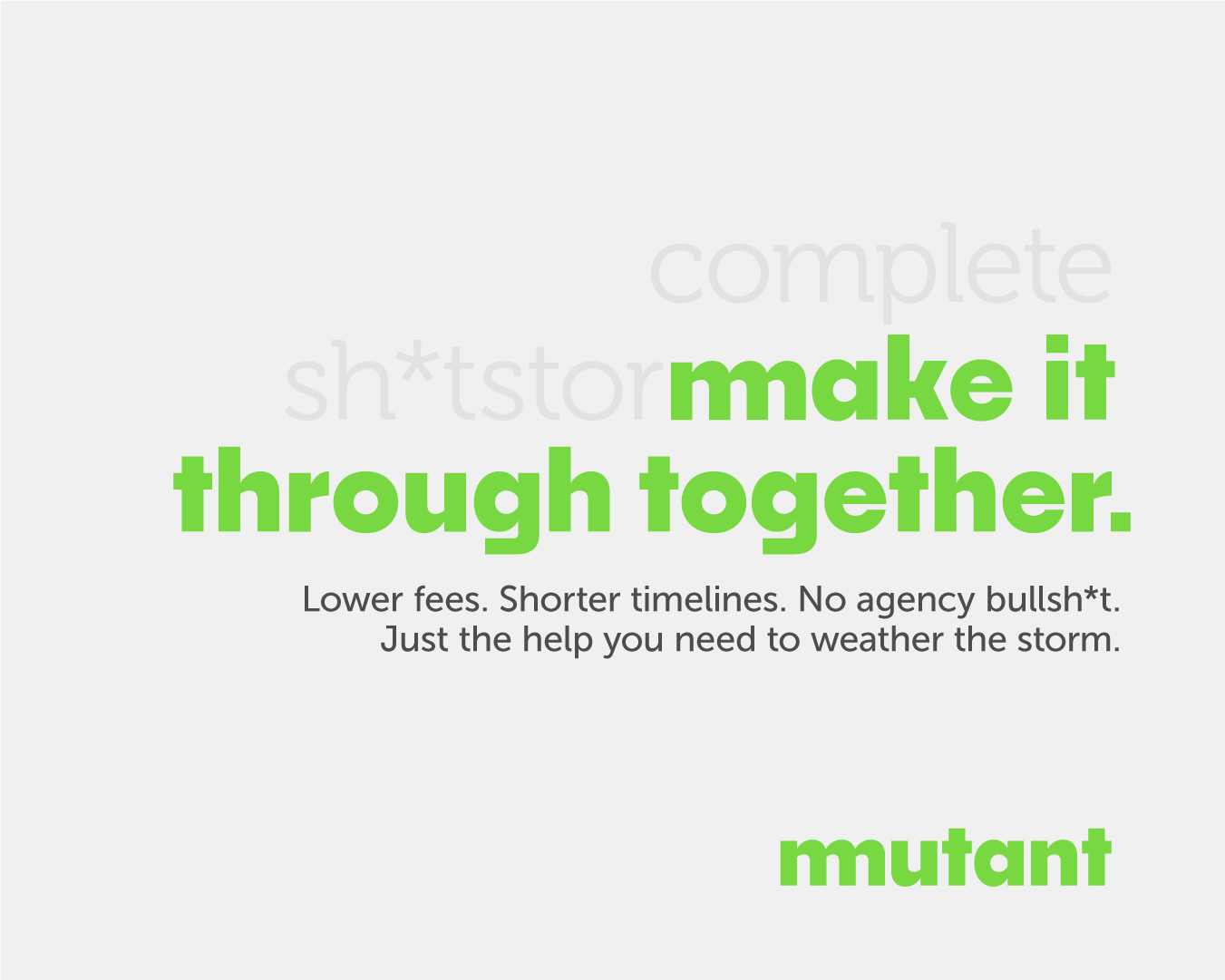In a fast-paced, content-driven world, audiences are highly discerning and watch brands’ actions and behaviour with an eagle eye. They sharply observe any and all discrepancies between what brands say and the policies they end up enacting, and are generally much harder to win over as loyal customers.
With the rise of the digital age, PR has expanded beyond its traditional scope of building goodwill, trust and awareness, and ventured into lead generation and integrated campaigns.
So what has changed and how should PR professionals be navigating this playing field?
Evolving media landscape
Major newsrooms have undergone several rounds of restructuring in recent years. By shifting the focus from print to digital, most operate on increasingly lean editorial teams. Some publications are folding entirely. For example, Questex Asia shuttered its regional operations, which resulted in the closure of a full suite of key enterprise titles, leaving brands with fewer channels for niche technology stories. Most recently, notable marketing trade publication Mumbrella Asia exited the market after struggling with profitability.
The shrinking media pool means that newsrooms must be extra selective when it comes to shortlisting media pitches – not just because they have to identify a highly curated content fit for readers, but also due to manpower and resource limitations.
The good news is that readers are adapting to change and are willing to pay for digital subscriptions that are worth the fee. Tech in Asia’s comeback is testament that the implementation of paywalls and subscription models can work – but only if backed by differentiated, quality content, carving out previously under-tapped revenue streams for the digital publication.
Combating fake news
The wide reach of unmoderated channels like social media and messaging apps has brought with them the advent of fake news – articles, videos or posts that masquerade as “news” but are not substantiated by real sources, and are not published by real news sources.
The good news about fake news is that consumers are increasingly cognizant of misinformation, what it looks like and how it spreads, and are aware of the role they could potentially play in perpetuating it. To assist with media literacy, the Straits Times even has a dedicated column for debunking fake news, which has been especially vital during the COVID-19 crisis.
Combating fake news is not a fight for the media alone – it is also the responsibility of PR practitioners to provide the journalists they liaise with with accurate and timely information from brands, and positioning key executives as thought leaders and reliable sources of truth. The onus also lies on PR professionals to counter misinformation proactively and to take a stand against the misrepresentation of facts.
The COVID-19 crisis has seen the proliferation of misinformation tear through frightened consumers and communities — using the right combination of PR and thought leadership during these troubling times is the key to emerging even stronger. Talk to us, we know how:
Embracing digital channels
APAC is one of the world’s most digitally active regions, and people here consume news in diverse ways as a direct consequence of the changing regional and local media landscape.
Digital content enables the easy sharing of media through a variety of channels such as e-newsletters, social media, and groups on messaging platforms. By using these avenues, publications can ensure news reaches their audience quickly and directly. What this means for PR is that brands now have more opportunities to get creative with integrated campaigns, which can amplify the reach of their earned media — publicity gained through sustained publicity efforts — via both paid and owned media channels.
Another popular digital format is the podcast, an audio format that has been steadily gaining momentum due to its packaged formula of convenience and bite-sized content that perfectly complements the busy lives of modern audiences. CNA, Straits Times, Business Times and Tech in Asia are just a few of the media publications that have been quick to leverage this tool to provide their audience with another way to access content.
The appetite for engaging, quality content is bigger than ever, despite smaller newsrooms and tighter editorial teams. This is why PR teams are embracing integrated campaigns that marry traditional public relations with content and digital marketing. If your brand has yet to test the efficacy of content, now is a great time to consider how both content and digital marketing can complement your broader communications strategy to maximise audience outreach efforts.
Need help pivoting your PR strategy, or simply want to understand the modern PR landscape better? You’ve come to the right place — drop us a note at [email protected]


